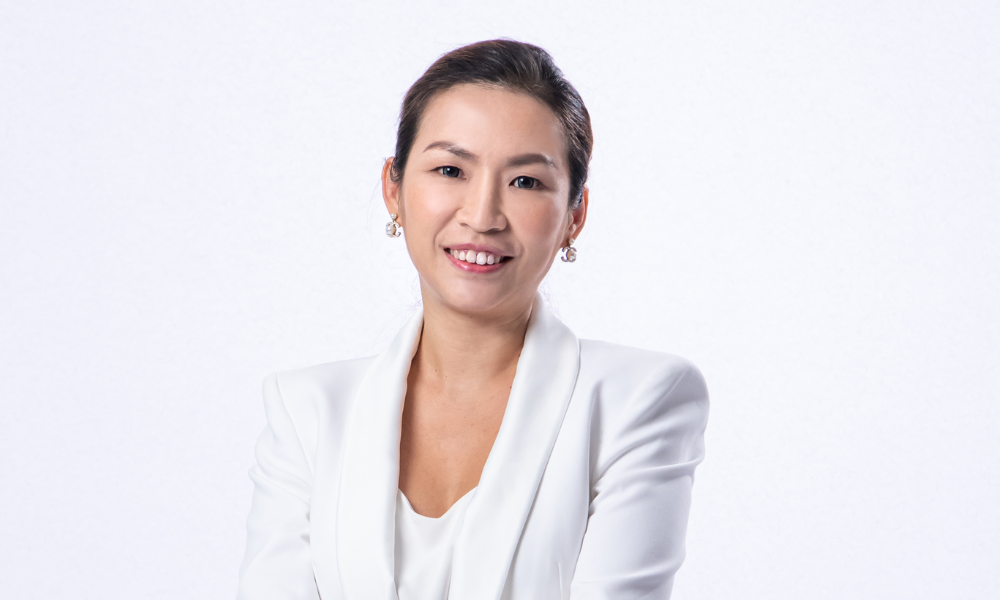HR analytics is starting to influence how HR decision-making is made, but do HR professionals have the skills required to get the most from the data they are gathering? One leading HR director says they do – but the onus is on HRDs to balance the ‘science’ with the ‘art’.
When it comes to HR’s move to the executive level of business, Yasu Sato, LinkedIn’s APAC director & regional head of HR, told HRD Singapore that the function needs to borrow some tools from marketing.
A top priority, he says, is understanding VOC (voice of customers). This can be internal stakeholders, candidates, managers, external interest parties, and so on. In particular, Sato says it’s important for HR to have the EQ to correctly interpret what stakeholders may leave unsaid. A second priority is understanding VOD – voice of data. “We’re now surrounded by so much data. How is that relevant to HR? How can HR use the data at their fingertips to make more informed decisions, to highlight possible implications, and build the road ahead?”
LinkedIn, with over 347 million members worldwide, is a particularly data-driven business, so it’s no surprise to learn that the company now has a dedicated global HR analytics team. “There is ongoing interaction with that team, looking at what type of data levers we can use to make the right decisions,” said Sato. “When you look at decision-making, everything begins with data. Then data becomes information. Why do we need to turn that data into information? Because we need to identify implications. Once you do that, you’re able to help with the decision making process.”
This “decision-making paradigm”, as Sato refers to it, is something he’d like everyone in his team to be aware of. The ‘implications’ element is important – this is where ‘what if’ scenarios can be created, and decision pathways explored. For example, if a business decides in the next quarter to launch a new product line, what are the implications for the talent that needs to fuel that development?
When it comes to equipping his HR team in being smarter with data, Sato advocates a blend of theory and practice. He cites a fresh HR graduate who recently started with LinkedIn who had a computer science degree; her learning and study experience had cemented her analytical ability – yet she had no experience working in HR. “The context she came from was ideal. She had the analytical ability. What she lacked – and what we’ve helped her with – is applying that ability to HR,” Sato said.
Despite the current fixation on HR data, Sato noted that it’s critical for HR professionals to remember that their profession is not just about science and stats; it’s also about art. “It’s a combination of both,” he said. “So while we need to maintain objectivity, we also need to look at the human impact of that objectivity – so we need to pay attention to both sides of the equation.”
A top priority, he says, is understanding VOC (voice of customers). This can be internal stakeholders, candidates, managers, external interest parties, and so on. In particular, Sato says it’s important for HR to have the EQ to correctly interpret what stakeholders may leave unsaid. A second priority is understanding VOD – voice of data. “We’re now surrounded by so much data. How is that relevant to HR? How can HR use the data at their fingertips to make more informed decisions, to highlight possible implications, and build the road ahead?”
LinkedIn, with over 347 million members worldwide, is a particularly data-driven business, so it’s no surprise to learn that the company now has a dedicated global HR analytics team. “There is ongoing interaction with that team, looking at what type of data levers we can use to make the right decisions,” said Sato. “When you look at decision-making, everything begins with data. Then data becomes information. Why do we need to turn that data into information? Because we need to identify implications. Once you do that, you’re able to help with the decision making process.”
This “decision-making paradigm”, as Sato refers to it, is something he’d like everyone in his team to be aware of. The ‘implications’ element is important – this is where ‘what if’ scenarios can be created, and decision pathways explored. For example, if a business decides in the next quarter to launch a new product line, what are the implications for the talent that needs to fuel that development?
When it comes to equipping his HR team in being smarter with data, Sato advocates a blend of theory and practice. He cites a fresh HR graduate who recently started with LinkedIn who had a computer science degree; her learning and study experience had cemented her analytical ability – yet she had no experience working in HR. “The context she came from was ideal. She had the analytical ability. What she lacked – and what we’ve helped her with – is applying that ability to HR,” Sato said.
Despite the current fixation on HR data, Sato noted that it’s critical for HR professionals to remember that their profession is not just about science and stats; it’s also about art. “It’s a combination of both,” he said. “So while we need to maintain objectivity, we also need to look at the human impact of that objectivity – so we need to pay attention to both sides of the equation.”





